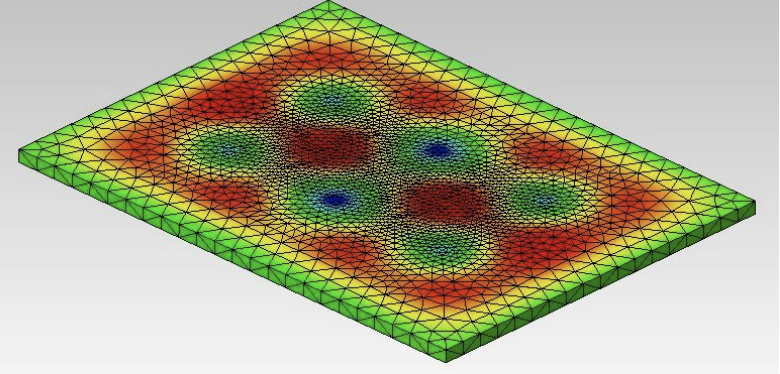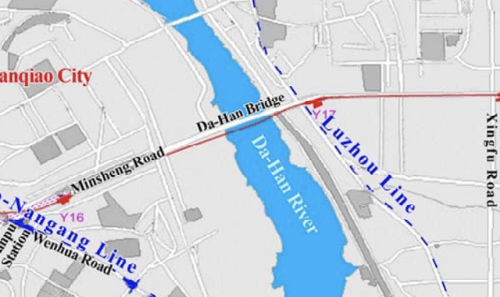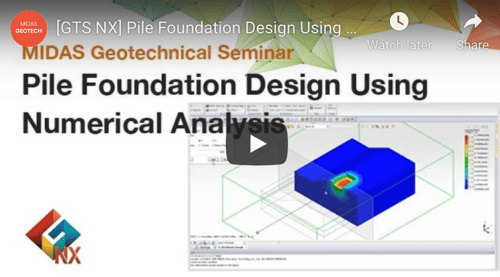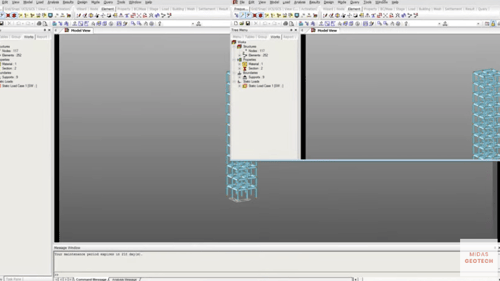Midas GTS NX: Modeling of Combined Pile Raft Foundation: Midas-GTS and Axis 3-D

Author: MIDASoft
Publish Date: 27 Dec, 2021
Edina Koch, MSE Janos Szep, MSE Richard Ray, Ph.D.
Szechenyi Istvan University, Gyor, Hungary
"Introduction
Combined pile-raft foundations fill a specific niche in foundation design. By taking advantage of the increased strength and stiffness due to increased confining stresses and strain hardening, CPRF’s maximize the available strength and stiffness of the foundation system. However, in order to take full advantage of such behavior, soil conditions and foundation configurations must be within certain limits. The challenge for geotechnical engineers is to determine when and where such a foundation system will be sufficiently advantageous as to justify the increased amount of analysis and design effort. This paper discusses one such effort to determine load settlement behavior of a complex foundation system in Budapest, Hungary. Determining behavior of CPRF’s is a challenging problem since the benefit of hardening/stiffeneing behavior in the supporting soil cannot be directly calculated. This forces the geotechnical engineer to resort to numerical modeling or previously-studied simplifications based on exhaustive modeling. If the geometry and soil conditions in question have not been addressed, the engineer must perform a detailed study. For many cases, the models must be 3-D, since the behavior of pile groups under confinement cannot be modeled by either plane- strain or axi-symmetric assumptions. Some benefit due to symmetry can be attained to reduce the computational burden of the analysis, even slight oversimplifications may lead to erroneous results. This paper examines the behavior of a foundation designed in Budadpest. The foundation and bulding, as well as supporting soil, are somewhat differnent than those discussed by other
authors (Katzenbach et al, 2000; Reul, 2004) . The the methodology and results from this study may be used by the reader to better understand the benefits and limitations of CPRF.
One of the objectives of our work was to simulate the interaction between geotechnical and structural engineers in considering the CPRF and structural design. Typically, structural engineers do not consider all the complexities of ground movement; it is not their concern. However, with this foudation design, it is rather difficult to assign a soil stiffness (spring reaction) to structural foundation elements without some consideration of the CPRF effects. It has been pointed out in several references (Ahner and Soukhov, 1997;) that code considerations become more involved as well.
A brief discussion of the computer models used is followed by a description of the site and construction in question. Model parmeters used for input are presented and results between the two methods of analysis are compared."




Add a Comment